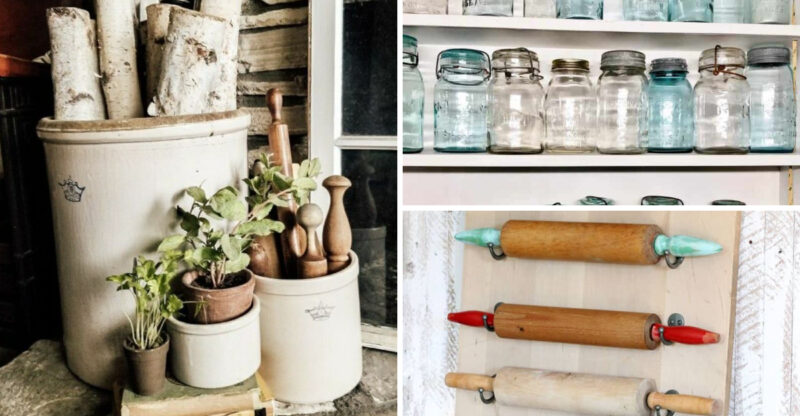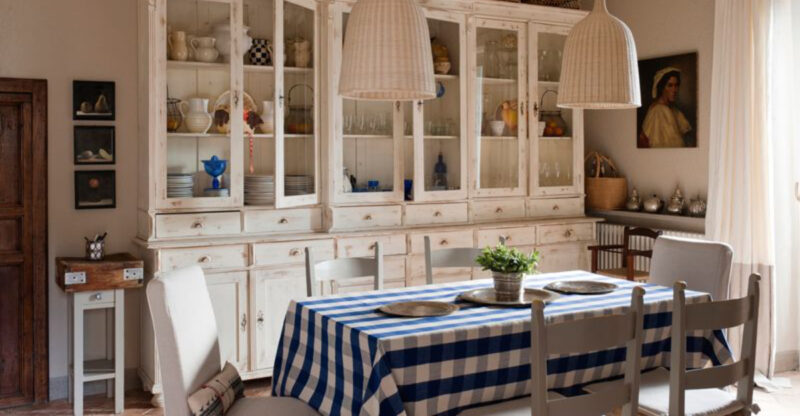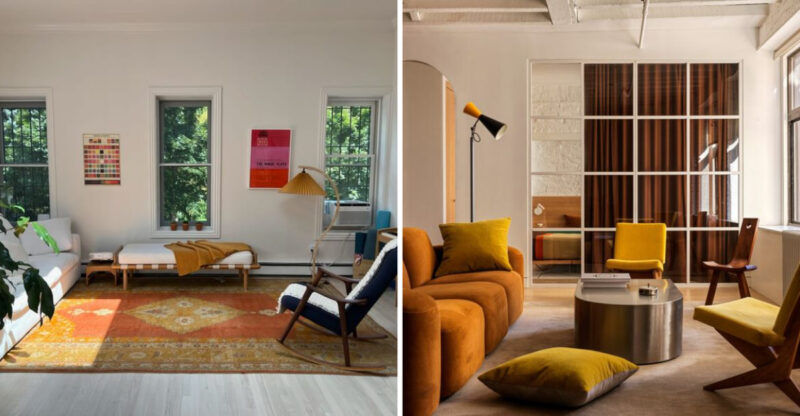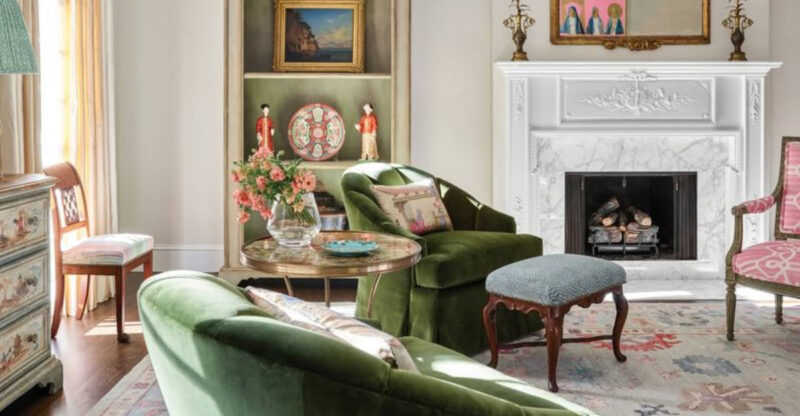10 Vintage Michigan Furniture Trends Making A Comeback

Michigan has a rich history of furniture craftsmanship, and many classic styles are finding their way back into modern homes. From the factories of Grand Rapids to the workshops of Detroit, these timeless pieces are capturing hearts once again.
I’m excited to share how yesterday’s treasures are becoming today’s must-have home decor.
1. Grand Rapids Colonial Revival Chairs
Craftsmen in Grand Rapids created some of America’s finest colonial-style seating during the early 1900s. These chairs feature beautiful carved details and sturdy construction that modern pieces simply can’t match.
I love how they bring elegance to dining rooms without feeling too fancy. The rich wood finishes develop character over time, making each piece truly one-of-a-kind for your space.
2. Arts and Crafts Mission Oak Sideboards
Mission oak furniture celebrates honest construction and natural beauty. Michigan workshops produced thousands of these sideboards with their signature straight lines and exposed joinery.
Your dining room gains instant warmth when you add one of these functional beauties. The copper hardware and quartersawn oak patterns create visual interest that complements both traditional and contemporary homes perfectly.
3. Streamline Moderne Bedroom Sets
During the 1930s, Michigan furniture makers embraced the sleek curves and horizontal lines of the Moderne movement. Blonde wood veneers and chrome details defined this forward-thinking style.
These bedroom sets feel fresh even today because their clean design never goes out of fashion. I find their optimistic aesthetic brings a cheerful vibe to any sleeping space you create.
4. Mid-Century Walnut Credenzas
Walnut credenzas from Michigan’s mid-century period showcase gorgeous wood grain and smart storage solutions. Tapered legs and brass hardware give them that iconic 1950s look everyone recognizes.
I recommend using them as TV stands or entryway pieces for maximum impact. Their horizontal proportions make rooms feel wider while providing tons of hidden storage behind those sliding doors.
5. Painted Folk Art Chests
Bright colors and whimsical designs make these storage chests stand out in any room. Early Michigan settlers painted flowers, birds, and geometric patterns on simple wooden boxes, transforming practical furniture into folk art treasures. Each chest tells a story through its unique decorations.
Interior designers now use these cheerful pieces as coffee tables, toy boxes, or bedroom accents. The hand-painted details add personality that mass-produced furniture simply cannot match. Kids especially love the playful imagery that decorates many of these vintage finds.
Collectors hunt for chests with original paint, though worn surfaces add character rather than diminish value. Restoration experts can stabilize flaking paint while preserving the aged, authentic appearance that makes these pieces special.
6. Victorian Eastlake Parlor Tables
Geometric carvings and incised decorations make Eastlake furniture instantly recognizable. Michigan craftsmen produced these parlor tables with intricate details that show off their incredible skill.
Place one beside your favorite reading chair for a touch of Victorian charm. The decorative turnings and carved panels add architectural interest without overwhelming smaller living spaces you might have.
7. Depression-Era Waterfall Dressers
Named for their cascading rounded edges, waterfall dressers brought affordable style to Michigan homes during tough economic times. Veneered surfaces and curved fronts created glamour on a budget.
I appreciate how these pieces prove that beautiful design doesn’t require expensive materials. Their distinctive silhouette works wonderfully in guest bedrooms or as statement pieces in modern eclectic spaces.
8. Post-War Blonde Wood Dining Tables
Light maple and birch tables flooded Michigan homes after World War II, offering a bright alternative to darker traditional woods. Their expandable designs accommodated growing families and dinner parties alike.
You’ll find these tables create an airy feeling in breakfast nooks or dining areas. The warm blonde tones pair beautifully with colorful vintage dishes and modern minimalist decor equally well.
9. Dutch Colonial Kas Wardrobes
Dutch settlers brought their furniture traditions to Western Michigan, and the kas wardrobe stands as one of their most impressive contributions. Massive and commanding, these storage pieces feature hand-carved details and heavy construction that lasts for generations.
Modern homeowners love how a kas adds instant drama to bedrooms or entryways. The deep shelves inside provide tons of storage space for linens, clothes, or even electronics. Many families pass these heirlooms down, appreciating both the craftsmanship and the connection to Michigan’s immigrant heritage.
Refinishing a kas brings out the beautiful grain patterns in the wood. You can keep the original dark stain or lighten it for a fresh look.
10. Shaker-Style Pine Benches
Simplicity meets function in these timeless seating pieces that Michigan craftsmen perfected during the 1800s. Clean lines and honest construction make Shaker benches incredibly versatile for today’s homes. No fancy carvings or unnecessary decoration – just solid pine built to serve.
Families place them in mudrooms for putting on shoes, at dining tables for extra seating, or at the foot of beds. The lightweight design makes rearranging furniture easy, while the sturdy build supports adults and kids alike. Many people appreciate how the natural pine develops a golden patina over time.
Finding an authentic piece means checking for hand-cut joinery and wooden pegs instead of screws. Reproduction versions work great too if you want that classic look.






